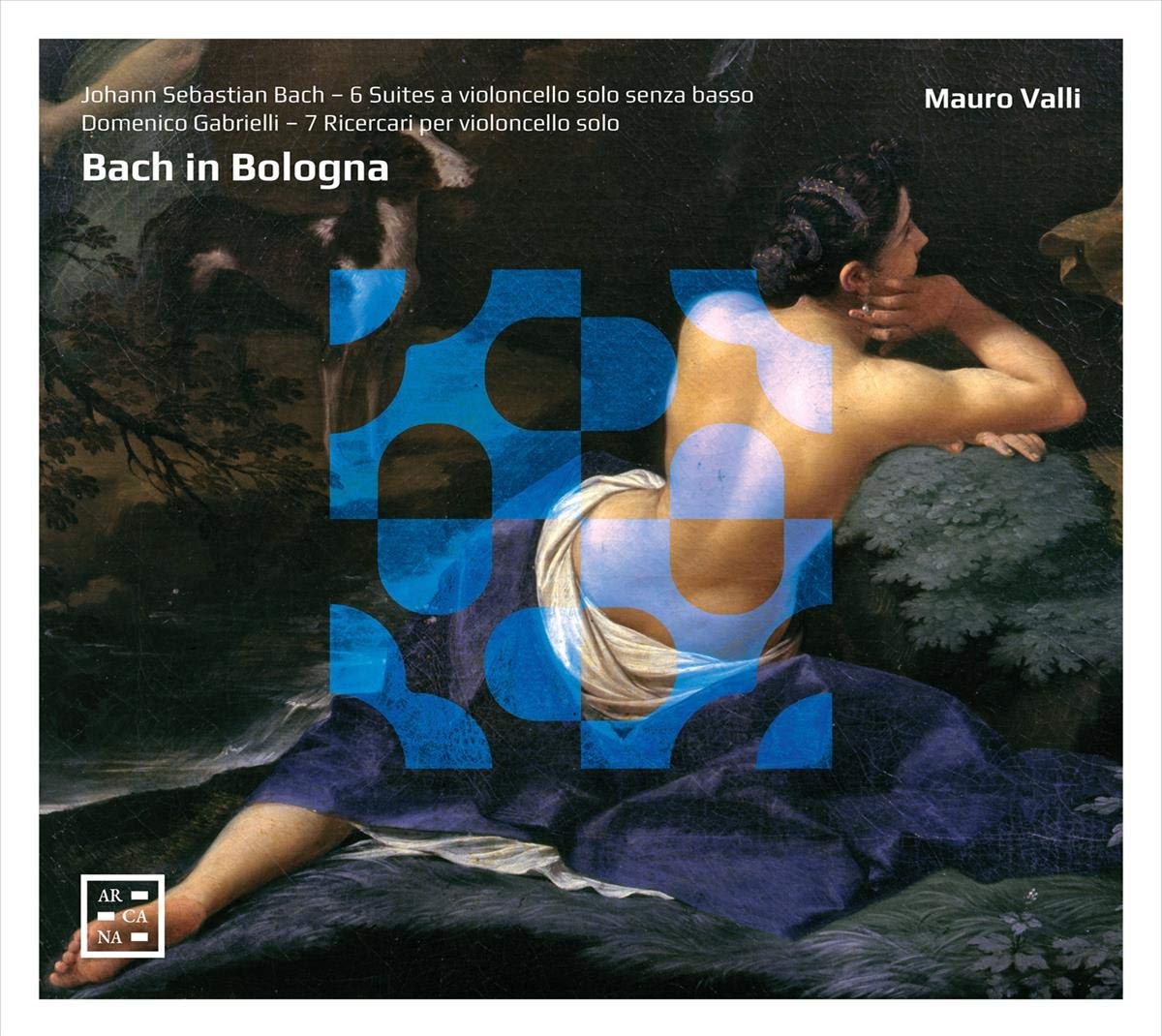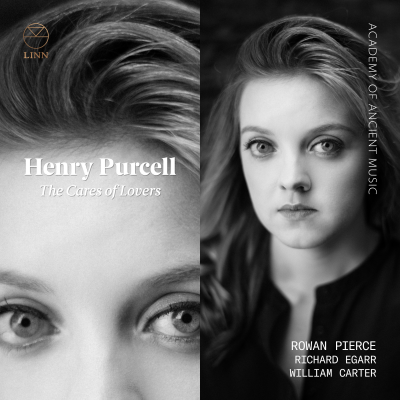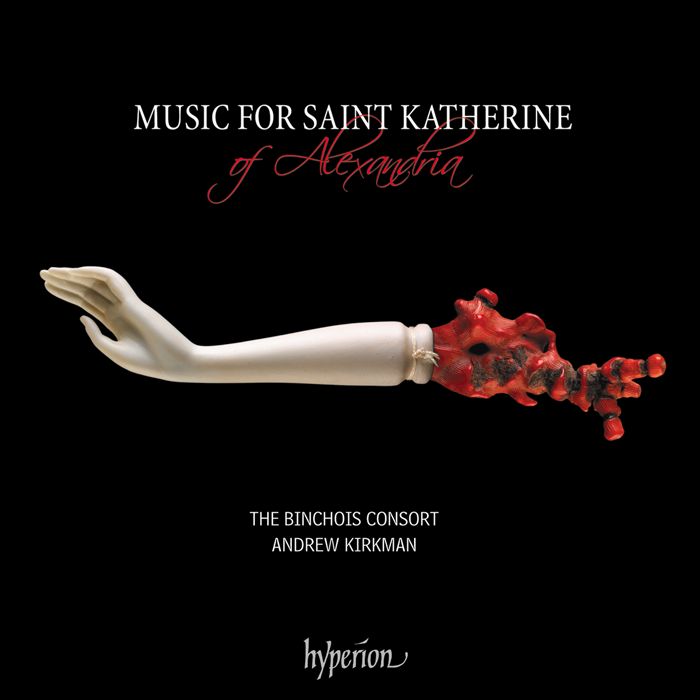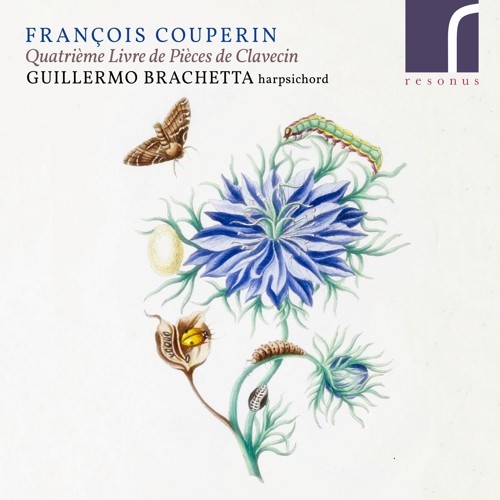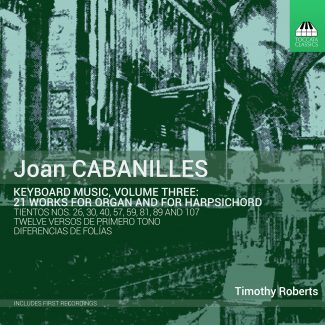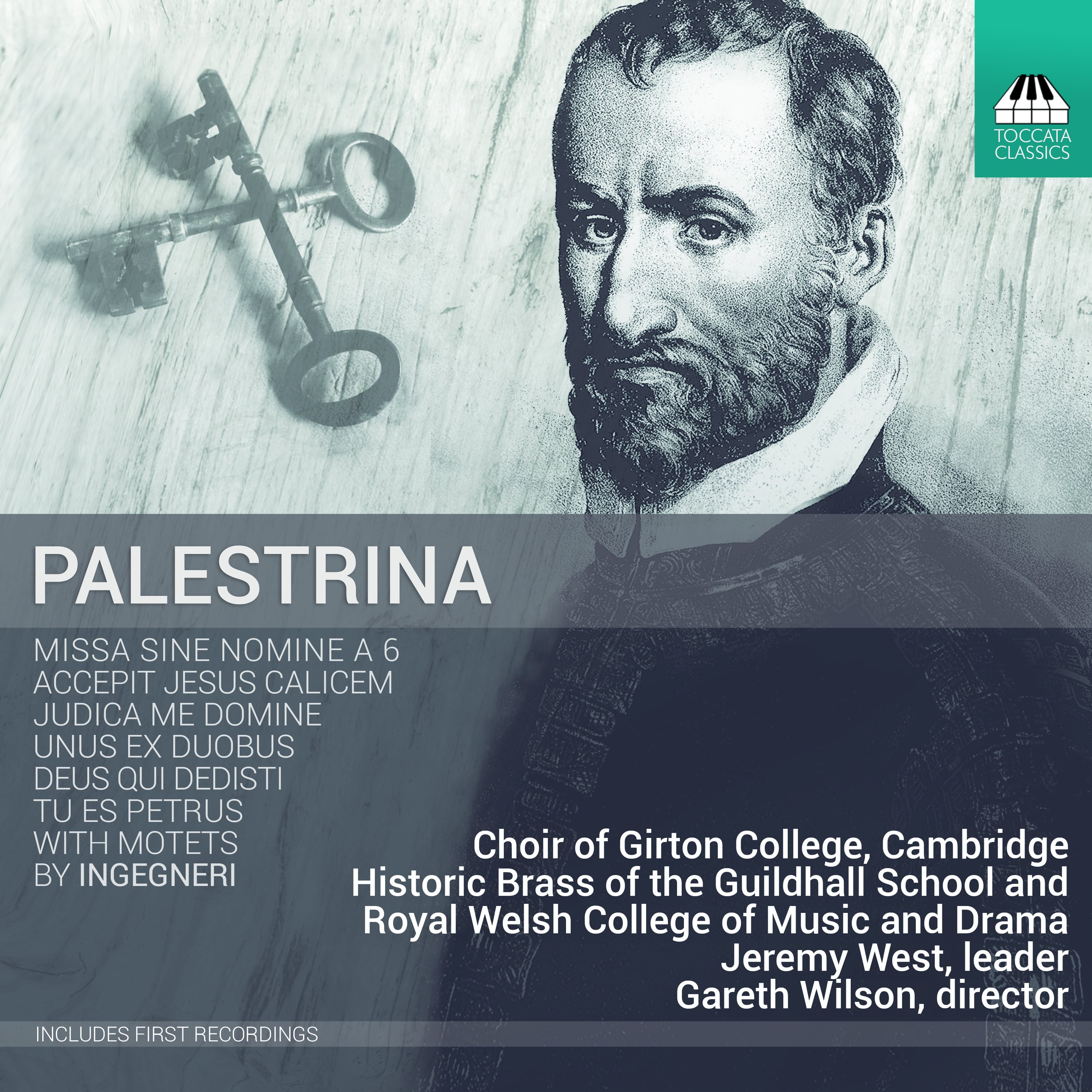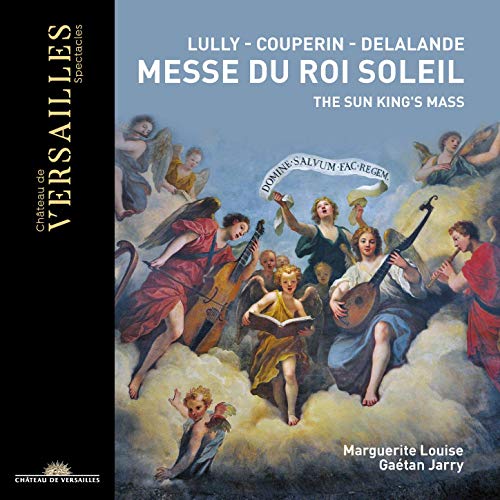Mauro Valli
195:18 (3 CDs in a card folder)
Arcana A459
Bach: Cello suites; D. Gabrielli: 7 Ricercari
This epic project presents the complete music for solo cello by perhaps the greatest of the Baroque composers, J. S. Bach, interspersed by the complete solo cello oeuvre of one of the lesser composers of the period, Domenico Gabrielli. Did the two ever meet? As Bach was only five when Gabrieli died prematurely at the age of just thirty, the answer is almost definitely no. Did Bach know Gabrielli’s music? Just possibly, although there is absolutely no circumstantial or musical evidence. So why juxtapose the two sets? I must admit I was sceptical at first, seeing this as just another excuse to add to the already groaning piles of recordings of the Bach. Valli gives thoughtful and musically consummate accounts of the Bach, although I still prefer the absolutely luminous accounts by David Watkin on resonus (RES10147). Valli’s sound is darker, his playing more unrelentingly intense and the recording generally closer. But what eventually got me about these performances was precisely the juxtaposition with the Gabrielli. As the programme note is quick to concede, this is not an attempt to place the Bach and Gabrielli on the same pedestal, but what I found really interesting is that the Gabrielli did have something to say about the Bach and vice versa. For all the differences in style, texture and melodic sense, as Baroque works for solo cello these pieces have more in common than they first seem. Gabrielli’s belong in a simpler, more innocent world than Bach’s, but the juxtaposition brings out the profundity of these Ricercars, suggesting that they deserve much wider attention from cellists than they have hitherto received. So these CDs with their powerful accounts of Bach and Gabrielli are after all more than just the sum of their parts.
D. James Ross
Click here to visit the record company’s website.
